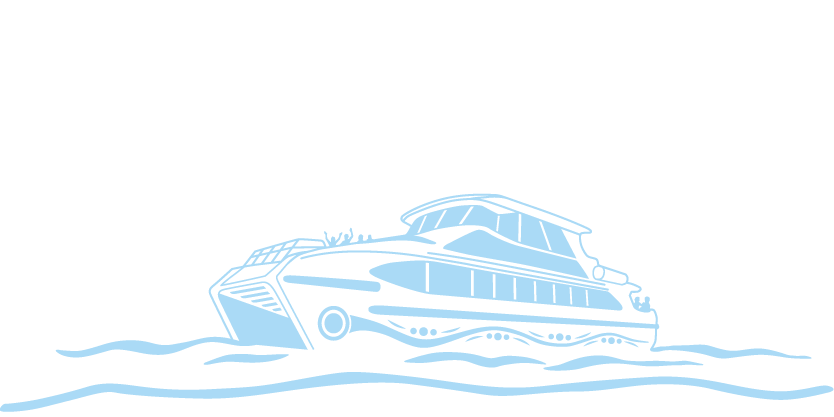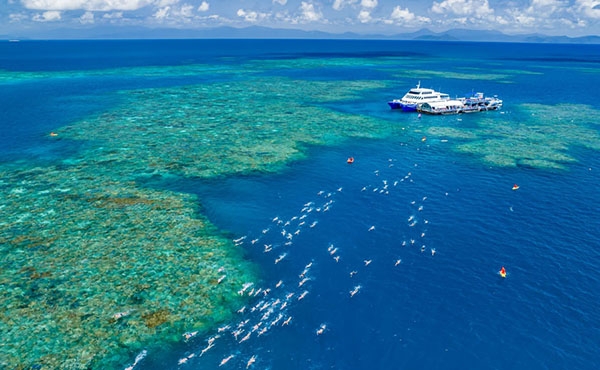Grading statements — Impacts of use
Any impacts attributable to use of the Region are minor and localised, with no observable effects on overall ecosystem function or heritage values.
The impacts of use are observable in some locations or on some values but only to the extent that limited additional intervention would be required for the use to be sustainable.
The impacts of use are obvious in many locations or to many values to the extent that significant additional intervention would be required for the use to be sustainable.
The impacts of use are widespread to the extent that ecosystem function and heritage values are severely compromised.
or
Borderline Indicates where a component or criterion is considered close to satisfying the adjacent grading statement.
Confidence
Adequate high-quality evidence and high level of consensus
Limited evidence or limited consensus
Inferred, very limited evidence
The observed impacts from direct use in the Region are predominantly localised, but collectively, impacts of use are obvious in many locations. Fishing is a high-impact use occurring throughout the Region. However, reforms are continuing to reduce this impact. COVID-19 saw the reduction of use in many industries but there was an increase in recreational use.
Although tourism operates through the Region, its impacts are localised to a few well-managed areas. Impacts from cumulative use at heavily used sites will amplify as natural values deteriorate. During the COVID-19 pandemic, the industry increased its stewardship to contribute to resilience of their tourism sites.
Impacts are localised in the Region. Expansion of training areas may lead to larger impacts with increased activity. Balancing training requirements and conservation of critical environmental values remains a challenge.
Commercial and recreational fishing occurs throughout the Region. The extraction of biomass, interaction of animals with fishing equipment, and discarded catch are ongoing pressures from fishing. Illegal fishing and extraction remain a concern. Management of fisheries has undergone significant reform, with harvest strategies now in place for key fisheries. Understanding of fishing impacts has improved since 2019 through increased and improved stock assessments, risk assessments and stock status assessments. Some stocks remain depleted despite ongoing fisheries management interventions and outcomes from implemented reforms are yet to be fully realised. Some knowledge gaps remain.
The impacts of recreational use (excluding fishing) have not been widely studied in the Region. Impacts are associated with inshore areas around major coastal communities. Vessel registration numbers are increasing, as are the number of incidents involving small vessels. Localised damage to habitats by small vessels is likely to be underreported. The impact of COVID-19 lockdowns and border restrictions on recreational access and use differed throughout the pandemic.
Research in the Region is generally spatially restricted (around research stations), but other locations are being increasingly accessed. Knowledge on the cumulative effects of impacts associated with research is a gap. The risks of impacts from research into novel interventions are generally poorly understood.
Ports are an established use of the Region. Their presence and ongoing operation continue to pose a range of threats to habitats and species, at a local scale, in areas adjacent to the 12 ports. Some impacts have reduced since 2019, while others persist. New technologies and research are improving understanding of the impacts from dredging and other port-related activities.
COVID-19 management restrictions temporarily reduced shipping activity, with cruise ships the most affected. The number of incidents has remained stable. The current implementation of programs to allow for early detection of marine pests, along with plans to transition to fuel sources with lower emissions, may reduce impacts in the future.
Impacts from traditional use, including traditional harvesting, are low compared with other threats. Traditional Use of Marine Resource Agreement groups are known to manage traditional harvesting sustainably. However, the Region-wide traditional harvest remains a knowledge gap.


